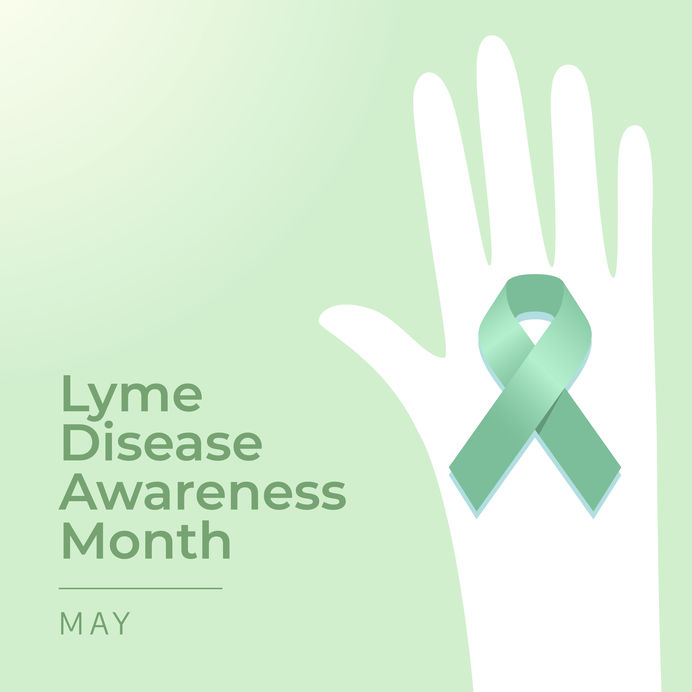
Removing a tick promptly and properly is crucial, but what you do after the removal is equally important for ensuring your safety and health. Here’s a comprehensive guide on what steps to take once you’ve used your Original Tick Key™ to remove a tick!
Clean the Bite Area
After removing the tick, you must clean the bite area thoroughly. Use soap and water to wash the site, then apply an antiseptic to reduce the risk of infection. Keeping the area clean helps prevent bacteria from entering the wound.
Dispose of the Tick Properly
The best way to dispose of a tick is to burn it. Avoid crushing the tick with your fingers to prevent potential disease transmission. If you prefer, you can save the tick in a sealed container for identification and testing if needed.
Consider Testing the Tick
May is Lyme Disease Awareness Month, making it an ideal time to raise awareness about the importance of testing ticks. At TickKey International, Inc., we have partnered with EPA Enterprises to offer the Cutter Lyme Disease Tick Testing Kit. If you’re concerned about tick-borne diseases, this test kit can provide peace of mind or early detection of illnesses like Lyme disease. Testing can be particularly useful if you live in or have visited an area known for high tick activity.
For more information about the Cutter Lyme Disease Tick Test, visit our product catalog.
Monitor for Symptoms
Keep an eye on the bite area and monitor your health for the next few weeks. Look for signs of infection, such as redness, swelling, or a rash. Symptoms like fever, chills, fatigue, or muscle aches may indicate a tick-borne illness. Early detection is key to effective treatment, so don’t ignore these warning signs.
Seek Medical Advice
If you develop symptoms or if the bite area becomes infected, seek medical attention quickly. Inform your healthcare provider that you have been bitten by a tick and provide details about the removal and any symptoms you’re experiencing. Your doctor may recommend tests or prescribe antibiotics as a precaution.
Prevent Future Tick Bites
To reduce the risk of future tick bites, take preventive measures such as wearing long sleeves and pants, using tick repellents like Home First Naturals, and performing regular tick checks after spending time outdoors. Being vigilant can help you avoid tick bites and the health issues they can cause.
To ensure a tick is properly removed from you or your pet, we highly recommend our Original Tick Key™! Our innovative device ensures complete removal in a few simple steps and is sold in stores in the United States and internationally. To find a retailer near you, visit our website or call us at (203)300-5078 today.

Recent Comments